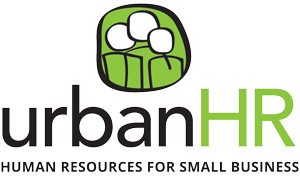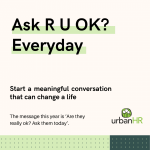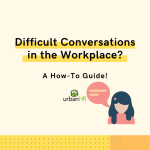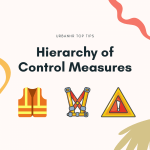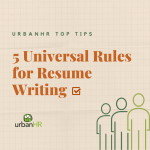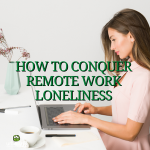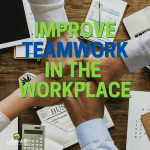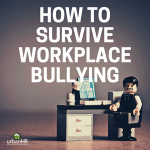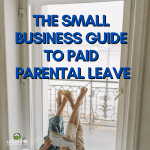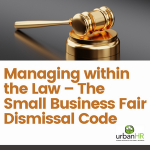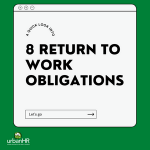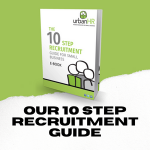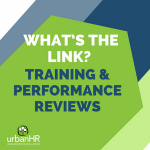
WHS Guide – Can Your SME Afford Non-Compliance?
With SafeWork Month just closing I’ve been looking a bit further into the rules and regulations that keep our workers safe in Australia.
It’s important to know that every business has to adhere to the set standards to ensure not only the welfare of the employees but business continuity as well.
In South Australia, these standards are strictly implemented by the Workplace Health and Safety (WHS) Act 2012 which standardises the nationwide implementation of safety measures in any workplace.
The WHS Rules in Australia
When making sure that your workplace is ready for an emergency, a number of important factors have to be considered.
There are specific requirements for WHS and many are dependent on the number of employees you have on any site.
A first aid facility that will readily respond to any work-related emergency is one of these critical requirements, as are the number of First Aid trained employees.
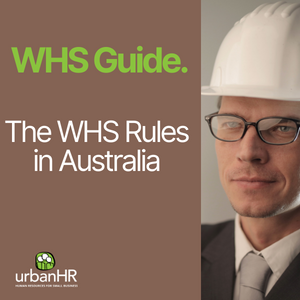
WHS Regulations are quite particular on all details of the first aid kits from proper labelling to the arrangement of its contents. It is also imperative that these kits are displayed in a conspicuous area for easy access.
Aside from the first aid kit, certain high-risk workplaces are required to have mobile external defibrillators and eyewash stations.
The WHS Regulations also place requirements on employers for:
- Training requirements for the business
- Number toilets and facilities
- Access to drinking water and eating facilities
- Lighting, floors and surfaces
- Duty to provide personal protective equipment (PPE).
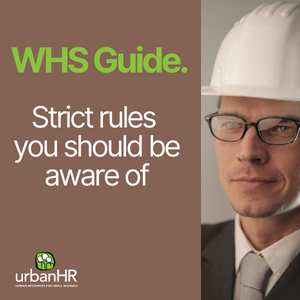
Strict Rules You Should Be Aware Of
Heavy penalties can be imposed on individuals and companies and the sanctions vary across different states.
In South Australia, SafeWork SA’s new inspectors can conduct inspections without notice.
It’s not all bad news though and there is help available for small businesses in Adelaide.
SafeWork SA now provides Workplace Advisory Services through their education function which has been separated from the regulatory arm since 1st July 2016 and we can also help and do a HR audit to help you know you’re compliant
The Regulatory arm of SafeWork SA can issue the following notices:
- An improvement notice as the name implies requires the company to make specific health and safety enhancements.
- If the work operations are forbidden to continue until compliance is met, it means that a prohibition notice is served.
- A non-disturbance notice compels the company to undergo a preservation period of up to 7 days.
A corporation, if found guilty of non-compliance, may actually be penalised for up to $3 million depending on the level of offence.
Keeping Up with the Regulations
The greatest question now is how to make sure that your workplace is compliant. As an employer, you are accountable to uphold a safe and healthy workplace.
A safety and health management system, or safety program, can help you concentrate your efforts on improving your work environment.
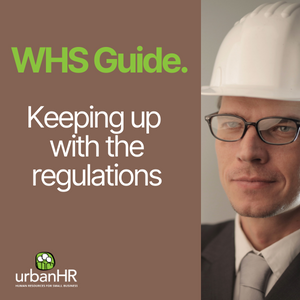
Whatever you call it, your plan describes what the people in your organisation do to avoid injuries and illnesses at the workplace.
What’s most important is that your system works for your organisation. It’s up to you to decide how to manage a safe and healthy workplace, and to put your plan into practice.
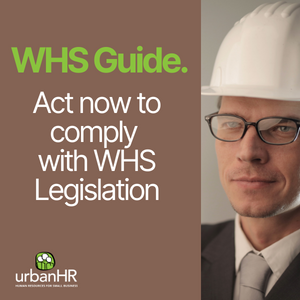
Act Now to Comply with WHS Legislation
Always comply with WHS legislation while keeping your workplace safe for your employees.
If you need some helpful guides on first aid compliance, here’s a free collection of first aid guides, resources and a free ebook.
These resources are really helpful for startups and small businesses to give you a complete and handy guide on first aid workplace compliance.
Because the reasons for being safe at work aren’t at work at all!
As always, should you need some help, please get in touch.
